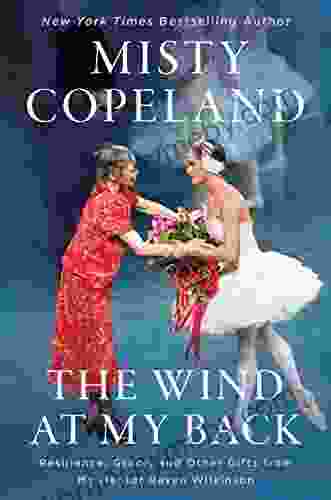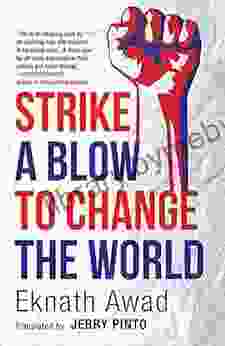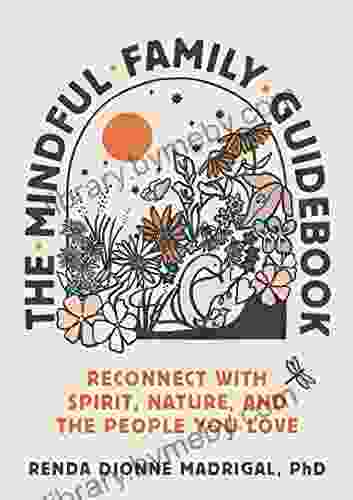Artistic Agency and the Shaping of an Arab Legend: 1967-2007 Music Culture

The period from 1967 to 2007 marked a transformative era for Arab music culture, characterized by significant artistic agency and the emergence of iconic Arab musicians who shaped the region's musical landscape. This article explores the multifaceted role of artistic agency in shaping an Arab legend, examining the ways in which artists, musicians, and cultural producers influenced the development of Arab music and its impact on society and culture.
The Rise of Arab Pop Music
The 1960s witnessed the rise of Arab pop music, which blended traditional Arabic melodies with Western influences. Artists such as Abdel Halim Hafez, Umm Kulthum, and Fairuz became cultural icons, captivating audiences with their distinctive voices and captivating performances. These artists enjoyed tremendous artistic agency, shaping the sound and style of Arab pop music while also influencing fashion and cultural norms.
5 out of 5
| Language | : | English |
| File size | : | 4676 KB |
| Text-to-Speech | : | Enabled |
| Screen Reader | : | Supported |
| Enhanced typesetting | : | Enabled |
| Print length | : | 256 pages |
The Role of Cultural Producers
Cultural producers played a crucial role in the dissemination and promotion of Arab music. Record labels, music publishers, and concert organizers provided platforms for artists to reach wider audiences. These entities also influenced the selection and promotion of music, shaping the musical tastes of the public and contributing to the development of distinct Arab music genres.
The Influence of Political Events
Political events had a profound impact on the shaping of Arab music during this period. The 1967 Arab-Israeli War and the subsequent Israeli occupation of the West Bank and Gaza Strip had a galvanizing effect on Arab artists and musicians. Many used their music as a form of resistance and protest, expressing their solidarity with the Palestinian cause and calling for social justice.
The Emergence of New Musical Trends
The 1970s and 1980s saw the emergence of new musical trends in Arab music. The Gulf region witnessed the rise of Khaleeji music, a genre characterized by its use of traditional instruments such as the oud and the tabla. In the Levant, there was a growing popularity of dabke music, a folk dance genre that combined lively rhythms with traditional lyrics. These new musical trends reflected the diversity and dynamism of Arab music culture.
The Challenges and Triumphs of Arab Musicians
Arab musicians faced numerous challenges during this period, including censorship, political repression, and limited access to international markets. Despite these challenges, they persevered and achieved remarkable success. Artists such as Amr Diab and Nancy Ajram emerged as global superstars, breaking down barriers and introducing Arab music to new audiences worldwide.
The Impact of New Technologies
The advent of new technologies, such as audio cassettes and satellite television, had a profound impact on the dissemination of Arab music. These technologies enabled artists to reach wider audiences beyond their traditional markets, contributing to the growth and globalization of Arab music.
The Arab Music Legend
Through their artistry, agency, and cultural impact, Arab musicians have played a pivotal role in shaping the Arab music legend. They have created a rich and diverse musical heritage that continues to inspire and captivate listeners around the world. Their music has become an integral part of Arab culture, reflecting the region's history, struggles, and triumphs.
The period from 1967 to 2007 witnessed the extraordinary influence of artistic agency in the shaping of an Arab legend through music culture. Arab artists, musicians, and cultural producers have played a central role in defining the sound and style of Arab music, influencing societal norms, and promoting social change. Their artistry and perseverance have enriched the cultural landscape of the Arab world and beyond, leaving an enduring legacy that continues to shape the musical landscape of today.

5 out of 5
| Language | : | English |
| File size | : | 4676 KB |
| Text-to-Speech | : | Enabled |
| Screen Reader | : | Supported |
| Enhanced typesetting | : | Enabled |
| Print length | : | 256 pages |
Do you want to contribute by writing guest posts on this blog?
Please contact us and send us a resume of previous articles that you have written.
 Book
Book Novel
Novel Page
Page Chapter
Chapter Text
Text Story
Story Genre
Genre Reader
Reader Library
Library Paperback
Paperback E-book
E-book Magazine
Magazine Newspaper
Newspaper Paragraph
Paragraph Sentence
Sentence Bookmark
Bookmark Shelf
Shelf Glossary
Glossary Bibliography
Bibliography Foreword
Foreword Preface
Preface Synopsis
Synopsis Annotation
Annotation Footnote
Footnote Manuscript
Manuscript Scroll
Scroll Codex
Codex Tome
Tome Bestseller
Bestseller Classics
Classics Library card
Library card Narrative
Narrative Biography
Biography Autobiography
Autobiography Memoir
Memoir Reference
Reference Encyclopedia
Encyclopedia Richard Fleischer
Richard Fleischer Michael Dooley
Michael Dooley Matthew Morgante
Matthew Morgante Modris Eksteins
Modris Eksteins Tony Le Tissier
Tony Le Tissier Timothy Ferriss
Timothy Ferriss Ryan Hartwig
Ryan Hartwig Maura Spiegel
Maura Spiegel Norman Gelb
Norman Gelb Maynard Davies
Maynard Davies Larisa Golubeva
Larisa Golubeva Richard L Hughes
Richard L Hughes Malena Watrous
Malena Watrous Sophie Cunningham
Sophie Cunningham Lee Maracle
Lee Maracle Linda Larson
Linda Larson Will Jorden
Will Jorden Wendy C Crone
Wendy C Crone Martha Raile Alligood
Martha Raile Alligood Melanie Notkin
Melanie Notkin
Light bulbAdvertise smarter! Our strategic ad space ensures maximum exposure. Reserve your spot today!

 Derrick HughesDelve into a Realm of Enchantment and Adventure: Reincarnated As The Last Of...
Derrick HughesDelve into a Realm of Enchantment and Adventure: Reincarnated As The Last Of... John MiltonFollow ·9.4k
John MiltonFollow ·9.4k Juan RulfoFollow ·17.1k
Juan RulfoFollow ·17.1k Stephen FosterFollow ·4.6k
Stephen FosterFollow ·4.6k Mitch FosterFollow ·2.1k
Mitch FosterFollow ·2.1k Dave SimmonsFollow ·8.4k
Dave SimmonsFollow ·8.4k E.M. ForsterFollow ·13.2k
E.M. ForsterFollow ·13.2k Ted SimmonsFollow ·4.9k
Ted SimmonsFollow ·4.9k Art MitchellFollow ·14.8k
Art MitchellFollow ·14.8k

 Clay Powell
Clay PowellDiscover the Enigmatic Beauty and Profound Meaning in...
An Exploration of Emptiness, Fulfillment,...

 Brenton Cox
Brenton CoxThe Life and Times of the Woman Who Changed Abortion: The...
Norma McCorvey, the woman known...

 Darius Cox
Darius CoxBest 60 Short Hairstyles For Women With Thick Hair: A...
Embracing the beauty of...

 John Parker
John ParkerThe Healthy Pregnancy Book: Your Essential Guide to a...
Pregnancy is a...
5 out of 5
| Language | : | English |
| File size | : | 4676 KB |
| Text-to-Speech | : | Enabled |
| Screen Reader | : | Supported |
| Enhanced typesetting | : | Enabled |
| Print length | : | 256 pages |













